The Kamchatka crab is the crab species most sought after in the world because of its delicate flesh.
The giant crab that lives in the Norton Sound and Bristol Bay in Alaska, was imported to the west of Russia to be exploited extensively in the 1960s.
The crabs have become invincible, they settled in an area free of predators and thus proliferate freely in devouring all marine animals they encounter, disrupting the entire ecosystem of the coasts of the Nordic countries. Millions of voracious giant crabs and have spread to the borders of Norway on the border between Russia and Finland in the Barents Sea, threatening its balance millennium. Fishing is the main activity of men in this area of the Barents Sea coast, but the density of giant crabs too much disrupts their sins by eating whatever they find, fish, shellfish, starfish professionals fear they eat the eggs of capelin, cod fish favorites, which is itself the main natural resource of the Barents Sea. In Norway this crab has no enemy and turns the sea bed in the desert is becoming an ecological disaster. In its native range in the North Pacific, this crab was a natural predator, the wolf huge fish, which limited its people. | | The Soviets introduced the magic crab in 1961 to help the people of Vladivostok, 7800 km away, just east of the Soviet Union that want to create a new resource to this region of Russia very poor.
Between 1961 and 1969 crabs were selected and sent to the east by special trains. Its delicate flesh and delicious, is similar to lobster and sells for up to € 100 per kg. A financial windfall for local communities.
The largest of the giant crabs weigh up to 12kg with a wingspan of 2 meters. 300,000 crabs are taken from 15 million who swarm in the seabed.
The Russians voluntarily limit fishing for these crabs to maintain progress. Sinners are forced to discharge into the sea, the females and small crabs.
Each female can lay up to 40,000 eggs per year.
The giant crabs move now to the west towards the Norwegian Sea and could very well happen on the Atlantic coast. A bomb was triggered by man, for this crab was up 15 km per day. | | 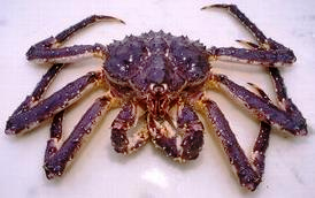 Image: the giant crab or crab Stalin is becoming an ecological disaster. The largest of the giant crabs weigh up to 12kg with a wingspan of 2 meters. |



 Automatic translation
Automatic translation
 Artificial intelligence: the explosion of gigantism
Artificial intelligence: the explosion of gigantism
 When AI models train on their own data, they go mad!
When AI models train on their own data, they go mad!
 Emergence of artificial intelligence: Illusion of intelligence or intelligence?
Emergence of artificial intelligence: Illusion of intelligence or intelligence?
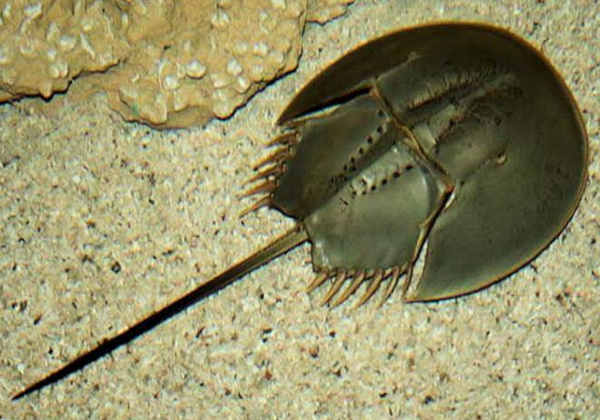 The horseshoe crab, a living fossil!
The horseshoe crab, a living fossil!
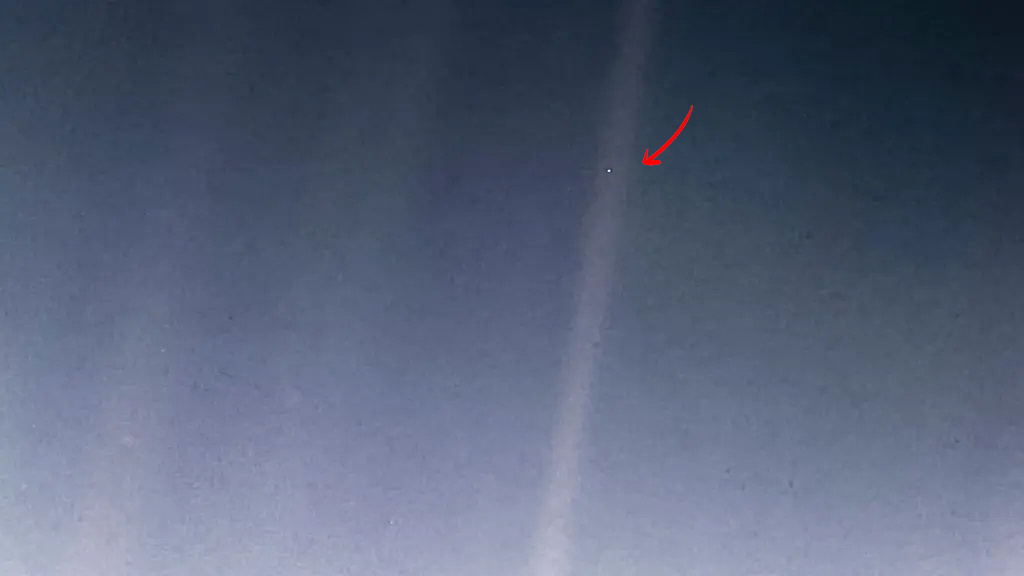 Biosignatures or presence of life in the Universe
Biosignatures or presence of life in the Universe
 Challenge and threat of Artificial Intelligence
Challenge and threat of Artificial Intelligence
 How do machines understand, interpret and generate language in a similar way to humans?
How do machines understand, interpret and generate language in a similar way to humans?
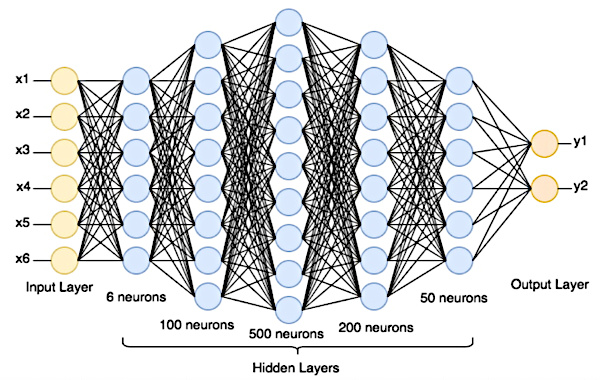 How does an artificial neural network work?
How does an artificial neural network work?
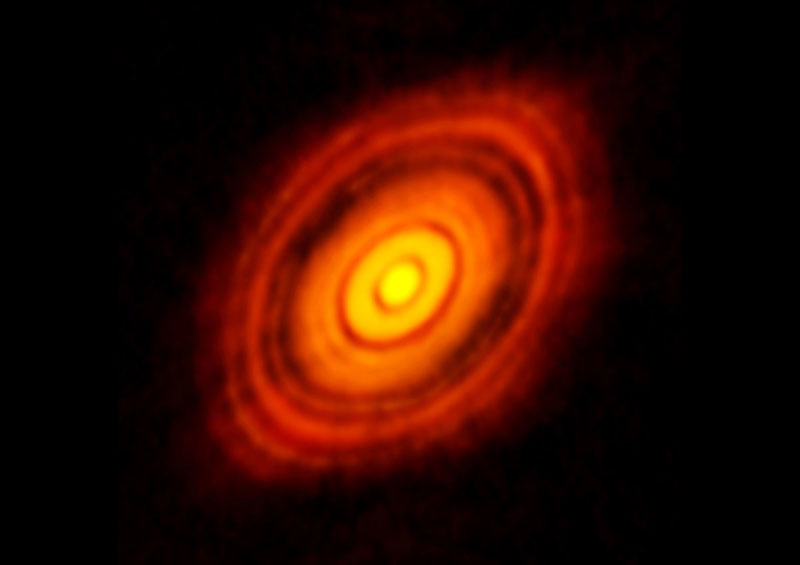 Origin of life on Earth: Panspermia theory
Origin of life on Earth: Panspermia theory
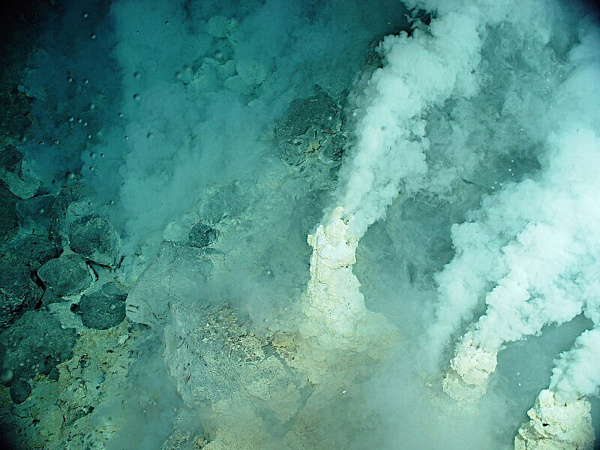 Origin of life on Earth: White smoker theory
Origin of life on Earth: White smoker theory
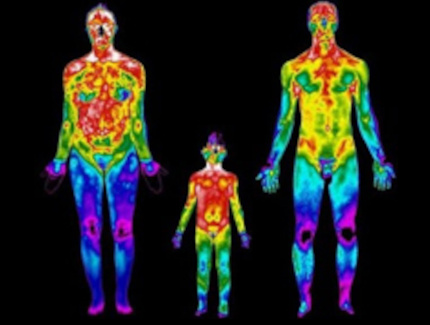 Why 37 degrees Celsius?
Why 37 degrees Celsius?
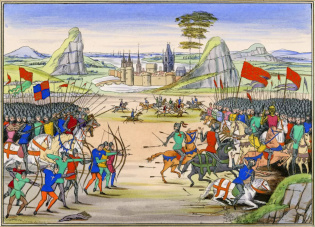 Thermodynamics of the sandpile
Thermodynamics of the sandpile
 Are we alone in the universe?
Are we alone in the universe?
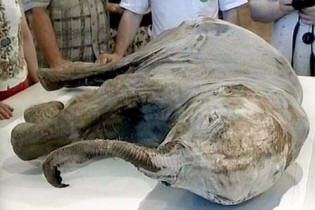 Trace of frozen life in Siberia
Trace of frozen life in Siberia
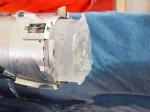 Ice cores tell us about our past
Ice cores tell us about our past
 Life evolves in the shelter of glaciations
Life evolves in the shelter of glaciations
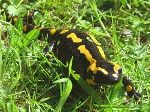 Organ regeneration, the salamander
Organ regeneration, the salamander
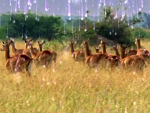 Cosmic rays and the mutation of species
Cosmic rays and the mutation of species
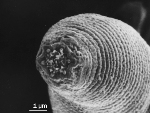 Mephisto, the little worm of the depths
Mephisto, the little worm of the depths
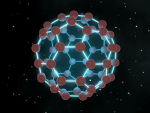 Discovery of solid buckyballs in space
Discovery of solid buckyballs in space
 Bipedalism in hominids
Bipedalism in hominids
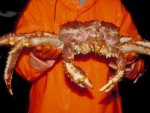 Kamchatka giant crab
Kamchatka giant crab
 The passage between the inert and the living
The passage between the inert and the living
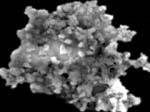 From particles to biochemical life
From particles to biochemical life
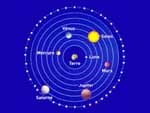 Egocentric vision, the man at the center
Egocentric vision, the man at the center
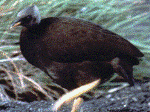 Megapod uses volcanic heat
Megapod uses volcanic heat
 Ardi is 4.4 million years old
Ardi is 4.4 million years old
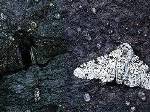 Natural selection, the birch moth
Natural selection, the birch moth
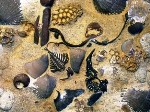 The explosion of life in the Ordovician
The explosion of life in the Ordovician
 Liquid water, an accelerator of chemical reactions
Liquid water, an accelerator of chemical reactions
 Neandertal
Neandertal
 Asimo the future humanoid
Asimo the future humanoid
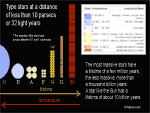 Conditions for the appearance of life
Conditions for the appearance of life
 Fermi's paradox or Plato's cave
Fermi's paradox or Plato's cave
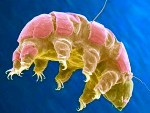 The Tardigrade, the immortal animal
The Tardigrade, the immortal animal
 Toumaï, 7 million years old
Toumaï, 7 million years old
 Border between inanimate and living
Border between inanimate and living
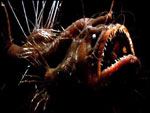 The incredible life of the abyss
The incredible life of the abyss
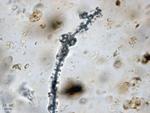 Cyanobacteria create toxic gas
Cyanobacteria create toxic gas
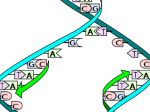 The short history of the evolution of life
The short history of the evolution of life
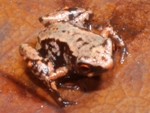 The smallest frog in the world
The smallest frog in the world
 The explanation of the Little Ice Age
The explanation of the Little Ice Age
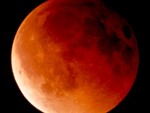 Ashen light, the proofs of life
Ashen light, the proofs of life
 Bioluminescence of living organisms
Bioluminescence of living organisms
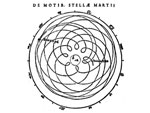 Beyond our senses, the great scientific revolutions
Beyond our senses, the great scientific revolutions
 The primitive soup
The primitive soup